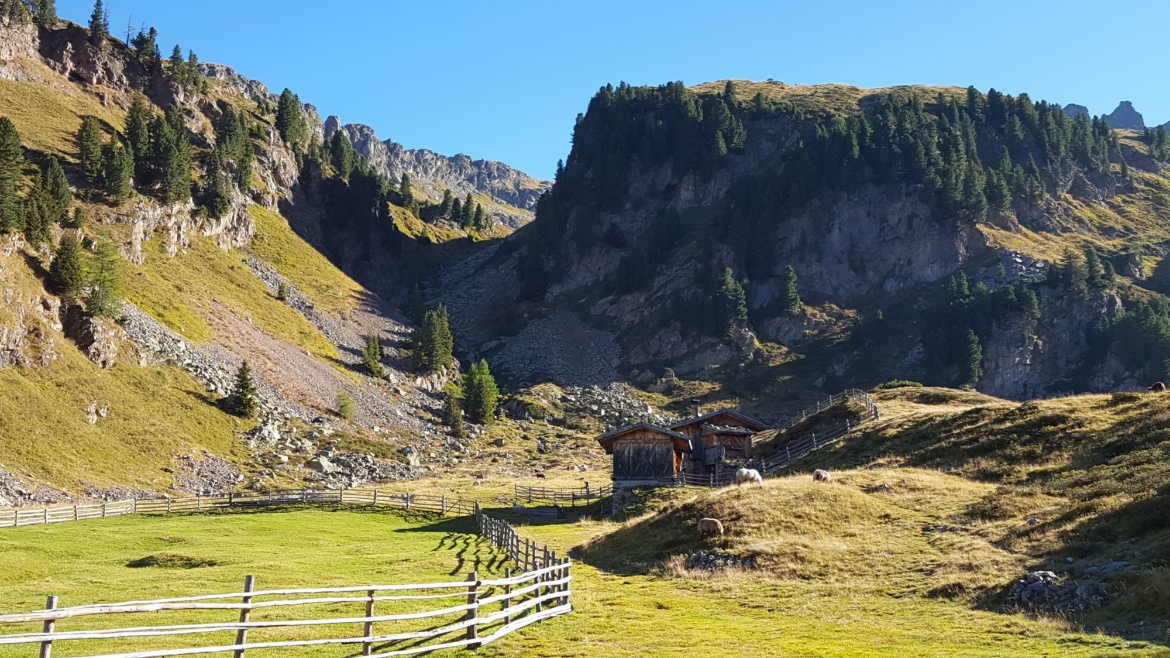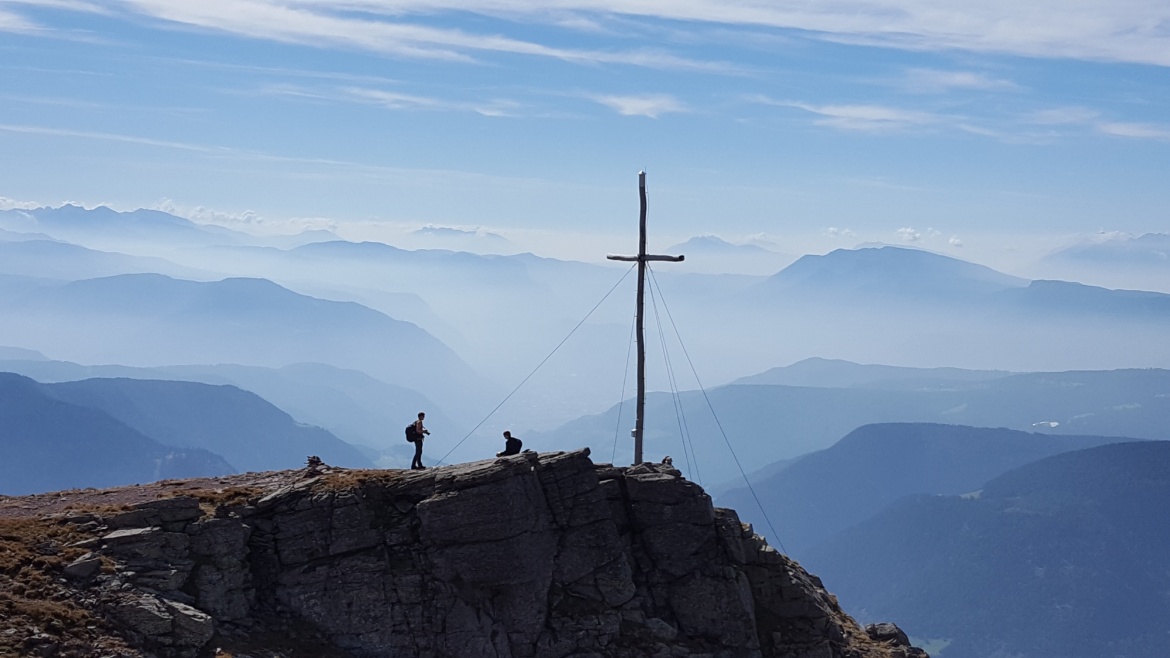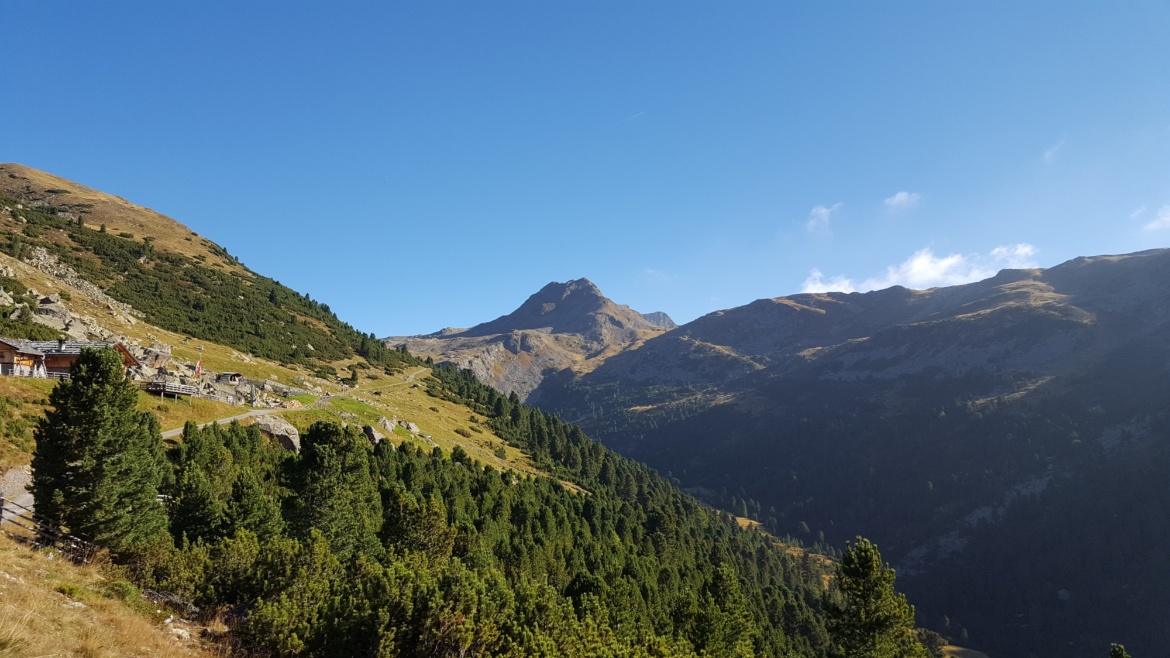Summer school "Ferienakademie 2019", Sarntal Valley, Italy
Place
Sarntal, South Tyrol, Italy
Date
Sunday, 22. September to Friday, 4. October 2019
Further information and application
Course 4: Dynamic Limit State Analysis – Modeling, Simulation and Validation
Participants
Master students of engineering sciences, simulation technology, computational mechanics, etc.
Contents
Limit state analyses are an important ingredient in the design process of industrial products in all engineering fields. They rely on geometrically and materially non-linear mechanical theories and related computational algorithms for efficient solution. Car crash simulations, ultimate limit state analyses of bridges, earthquake design of high-rise buildings, fatigue analysis of fasteners or drop test simulations of smart phones are just some examples for applications of these theoretical concepts.
Which properties of its structural design made the Polcevera viaduct in Genoa collapse so quickly? Which mechanical theories and computational algorithms are used to perform a car crash simulation? These and other questions are going to be answered in this course by means of literature reviews on the related mechanical concepts and simple, illustrative sample problems solved by commercial programs or computer algebra codes.
- Dynamics for engineering applications
- Theory, Computer Applications, Programming and Commercial Software
- Modelling, Simulation, Experiments
- Impact, Blast, Earthquake
- low- and high-fidelity crash modeling
- Stability Analysis
- Material-based Load Capacity Determination (e.g. collapse/limit analysis, yield line theory)
- fatigue and creep
Presentations
Each student has 90 minutes available for the presentation and discussion. Various presentation styles are possible, e.g.:
- Beamer presentation of the presentation slides
- Step-by-step development of an algorithm on a flipchart
- Presentation of a computer program that illustrates the developed method.
The language for the presentation and handouts is English.
Handout
- Presentation slides with comments
- short summary of the presentation
- Submission by: TBA











